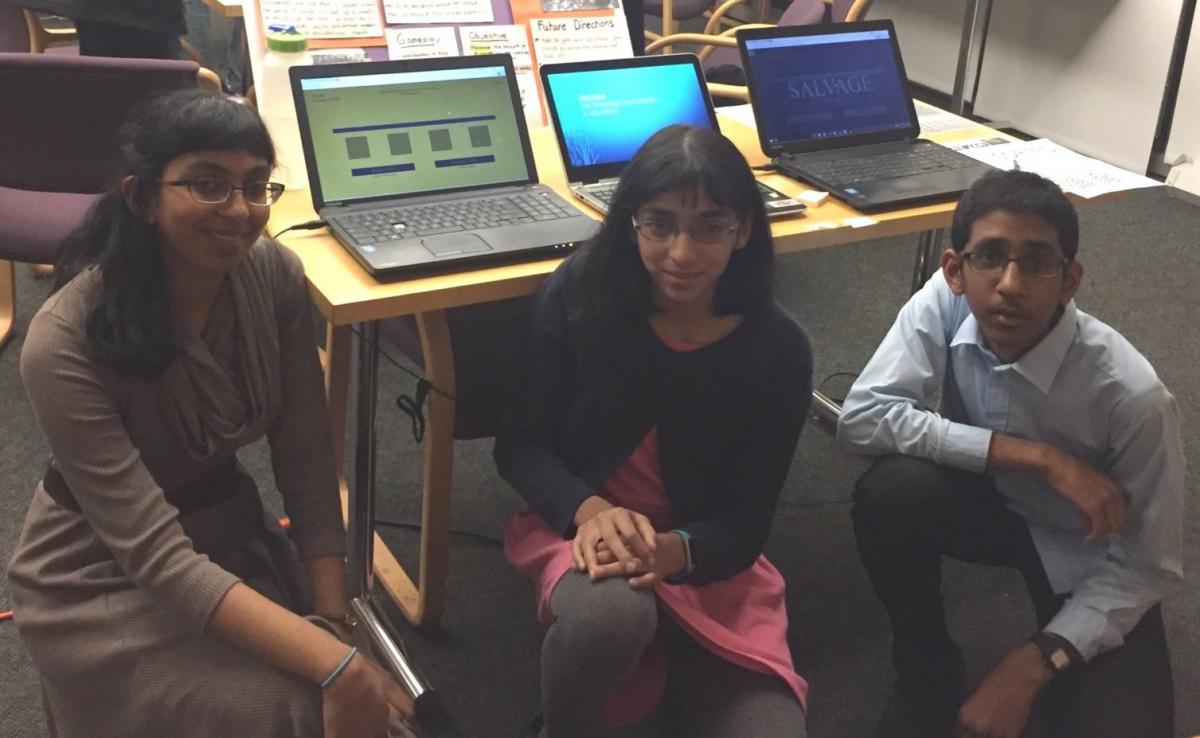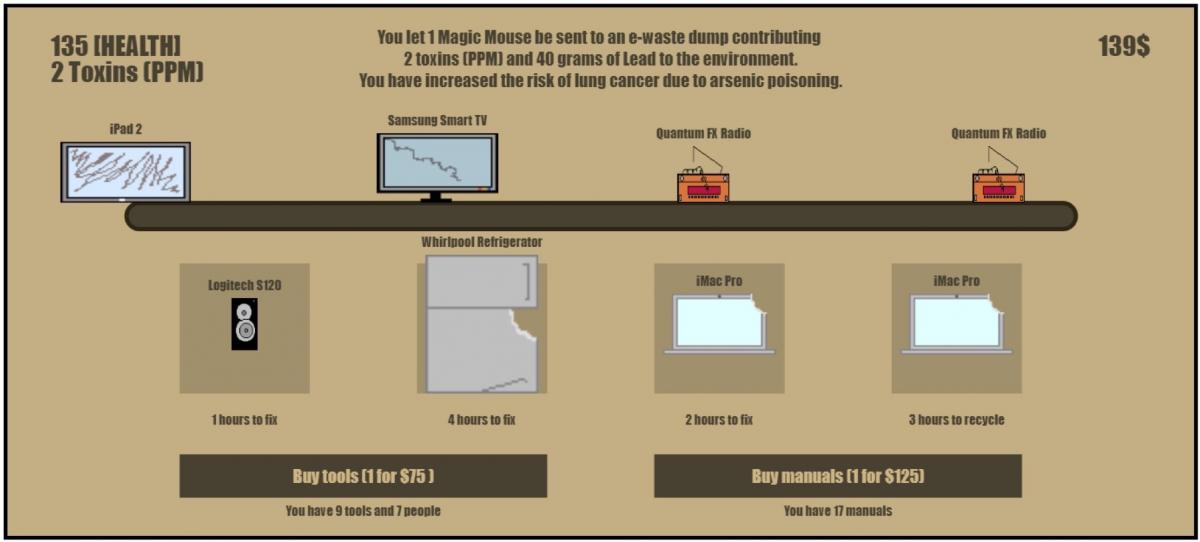
Guest post by Cailin Winston
Imagine living in a village where computer monitors and circuit boards line the streets, where the air creates a stinging sensation in your eyes and nose, where you dare not eat the rice that you grow because it is likely to be contaminated with heavy metals and toxins. This is Guiyu, China, one of the largest informal recycling operations for electronic waste in the world.
According to CNN, many tons of electronic waste - which includes anything from mobile phones to desktop computers to refrigerators - are dumped in Guiyu. Despite the serious health and environmental impacts, people use their bare hands to rip apart electronics, burn them, and wash them with hydrochloric acid to separate the useful components for resale. This releases toxic heavy metals and hydrocarbon ashes into the air, water and soil. The toxins end up in meat and rice that is shipped around the world, as well as in aquatic ecosystems and other wildlife.
The EPA estimates that in 2009, the US produced 2.37 million tons of e-waste, and 75% of that was disposed in landfills. The amount of e-waste generated continues to increase as the world becomes more technologically centered.
I participated in the UW Sustainability Game Jam on Nov. 11-12 with two of my siblings, Caleb and Claris. During the Jam we worked on a game, Salvage, centered around the issues of e-waste. Our game won first place at this event.
When we started the Game Jam, we looked up a list of environmental issues and electronic waste stood out to us, especially since we had recently watched a video on CNN as well as a documentary on the issue.
 Salvage is a web game in which the player runs an electronic repair shop. The goal of the game is to earn a target amount of money without losing all the health points. Damaged electronics, such as smartphones with cracked screens, an old camera, a damaged refrigerator, and a broken microwave, pass by on a conveyor belt. The player can either send the electronic product to a fixing station or a recycling center. Players earn money by fixing and recycling, and they can spend money to hire workers to fix devices faster or to buy instruction manuals to be able to repair more types of devices. When electronics are sent to the landfill, the number of toxins in the environment increases and the player’s health decreases. The magnitude environmental impact and player’s health is based on real data and the amount of toxins found in different products.
Salvage is a web game in which the player runs an electronic repair shop. The goal of the game is to earn a target amount of money without losing all the health points. Damaged electronics, such as smartphones with cracked screens, an old camera, a damaged refrigerator, and a broken microwave, pass by on a conveyor belt. The player can either send the electronic product to a fixing station or a recycling center. Players earn money by fixing and recycling, and they can spend money to hire workers to fix devices faster or to buy instruction manuals to be able to repair more types of devices. When electronics are sent to the landfill, the number of toxins in the environment increases and the player’s health decreases. The magnitude environmental impact and player’s health is based on real data and the amount of toxins found in different products.
Winning first place at the game jam has motivated us to continue to improve Salvage. Our current goal is to improve the educational value of the game by incorporating real data that accurately represents how much toxic waste is released when different electronic devices are sent to a landfill or improperly recycled, the types of heavy metals found in different products, and the various impacts on health and the environment.
We believe that electronic waste is a pressing problem and needs solutions. One of these solutions is public awareness, and that is the primary goal of Salvage. According to the EPA, consumers own about 24 electronic products, and with 300 million people in the US alone, every single person has a larger impact on the environment than they might think. As people buy newer phones and gadgets and old appliances break down, the amount of e-waste produced constantly increases. Salvage is a game that will educate people about the problem of e-waste and encourage people to be part of the solution. You can play Salvage now at this link, and feel free to share it with others!
If you want to partner with us to further develop and promote Salvage, or if you have any questions regarding the game, please contact us at clubfullstack@gmail.com